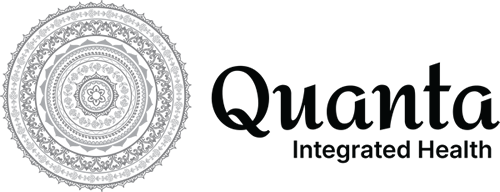Posture and Osteopathy
Posture and Osteopathy
Posture is the position in which we hold our bodies while standing, sitting, or lying down. Good posture is the correct alignment of body parts supported by the right amount of muscle tension against gravity. Without posture and the muscles that control it, we would simply fall to the ground. Normally, we do not consciously maintain normal posture. Instead, certain muscles do it for us, and we don’t even have to think about it.
Good posture helps us stand, walk, sit, and lie in positions that place the least strain on supporting muscles and ligaments during movement and weight-bearing activities. Correct posture:
- Helps us keep bones and joints in correct alignment so that our muscles are used correctly, decreasing the abnormal wearing of joint surfaces that could result in degenerative arthritis and joint pain.
- Reduces the stress on the ligaments holding the spinal joints together, minimising the likelihood of injury.
- Allows muscles to work more efficiently, allowing the body to use less energy and, therefore, preventing muscle fatigue.
- Helps prevent muscle strain, overuse disorders, and even back and muscular pain.
Most postures can be sustained for a short time however certain sitting or standing postures can place increased pressures on discs. Prolonged periods in these postures can cause adaptive shortening of various tissues. This may be associated with musculoskeletal discomfort and dysfunction in some people.
Muscle tightness, resulting from prolonged postures and associated pre-existing characteristics, can lead to changes in pressure distribution over joint surfaces and may lead to degeneration. Poor prolonged posture will also result in weakening of postural muscles making it increasingly difficult to attain better posture.
As an RMT-Osteopathic Practitioner, I can help and conduct a thorough assessment of the patient’s posture. This can include:
- Detailed postural observation
- Muscle length, strength and muscle control testing
- Full joint assessment
- Evaluation of functional tasks
Benefits of Osteopathy
Osteopathy uses postural taping and education on postural awareness at work, home and during recreation. Osteopaths will also use hands on techniques to treat joint problems by specific joint mobilisation and manipulation.
By seeking the advice and treatment of an Osteopath in the management of postural conditions, patients can experience significant improvements in their pain and functional capacity and prevent recurrence of the problem.
To maintain proper posture, you need to have adequate muscle flexibility and strength, normal joint motion in the spine and other body regions, as well as efficient postural muscles that are balanced on both sides of the spine. In addition, you must recognise your postural habits at home and in the workplace and work to correct them, if necessary. By putting this knowledge into practice you can prevent the anatomical changes that can develop if poor posture is left uncorrected.
Melanie Swithin Jones
Registered Massage Therapist and Osteopathic Practitioner
Osteopathy is now offered at Quanta integrated health and can be booked through www.quantahealth.ca

